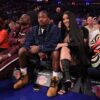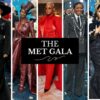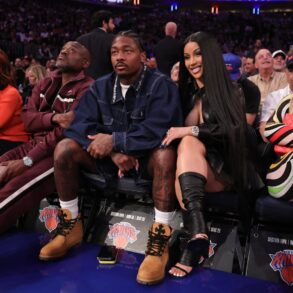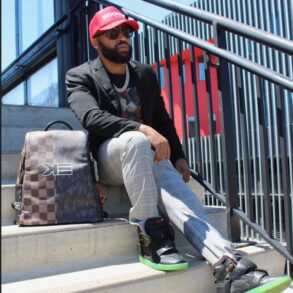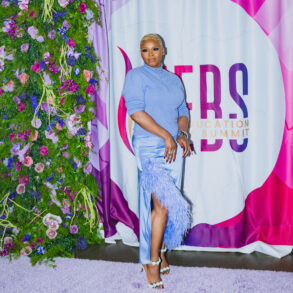The men’s fashion business enjoyed a measure of pricing power last month — but even with big brands like Ralph Lauren pushing prices higher over recent years, apparel is just not keeping pace with inflation.
October prices for men’s apparel prices rose 5 percent from a year earlier, according to the U.S. Bureau of Labor Statistics. That had men’s easily outstripping women’s, which saw prices rise by just 1.6 percent for the month.
For a moment at least, men’s also outpaced broader inflation, with prices on all items up 3.2 percent in October — less than half the 7.8 percent increase seen a year earlier.
Wall Street celebrated the comedown for inflation, hoping that the Federal Reserve would see its job as done and would stop raising interest rates to keep the economy from overheating.
But nobody’s worried about the world of men’s fashion overheating in that way — although men’s is holding up better than women’s.
Over the past decade, men’s apparel prices have inched up just 2 percent, led by a 14.2 percent increase in underwear, nightwear, swimwear and accessories and an 8.9 percent boost in pants and shorts.
Women’s prices, by contrast, are down 6.2 percent since October 2013, with prices on dresses off 17.3 percent.
There are a host of factors that influence apparel prices, from raw material and manufacturing costs to transportation and duties.
But the leading factor might just be what consumers are willing to pay. And right now, shoppers are paying up for a lot of over things before they dig into their pockets for a generally discretionary fashion purchase.
Prices on goods across the economy rose 31.7 percent over the past decade — leaving fashion, both men’s and women’s, in the dust.
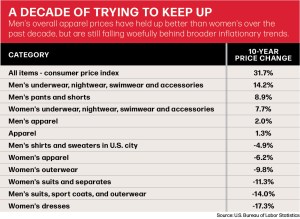
This post was originally published on this site be sure to check out more of their content.

